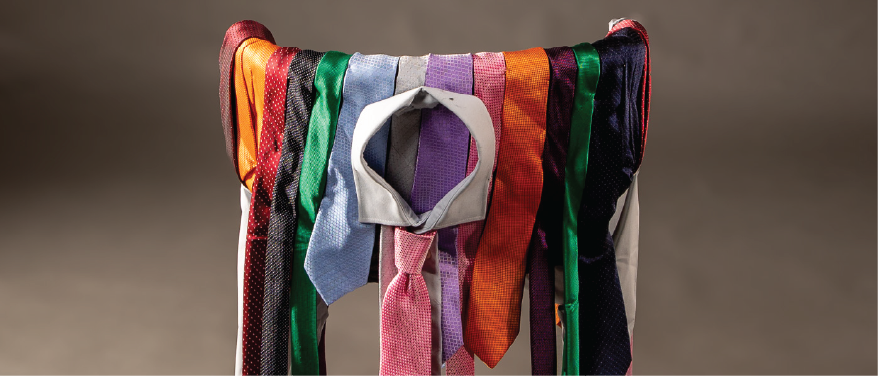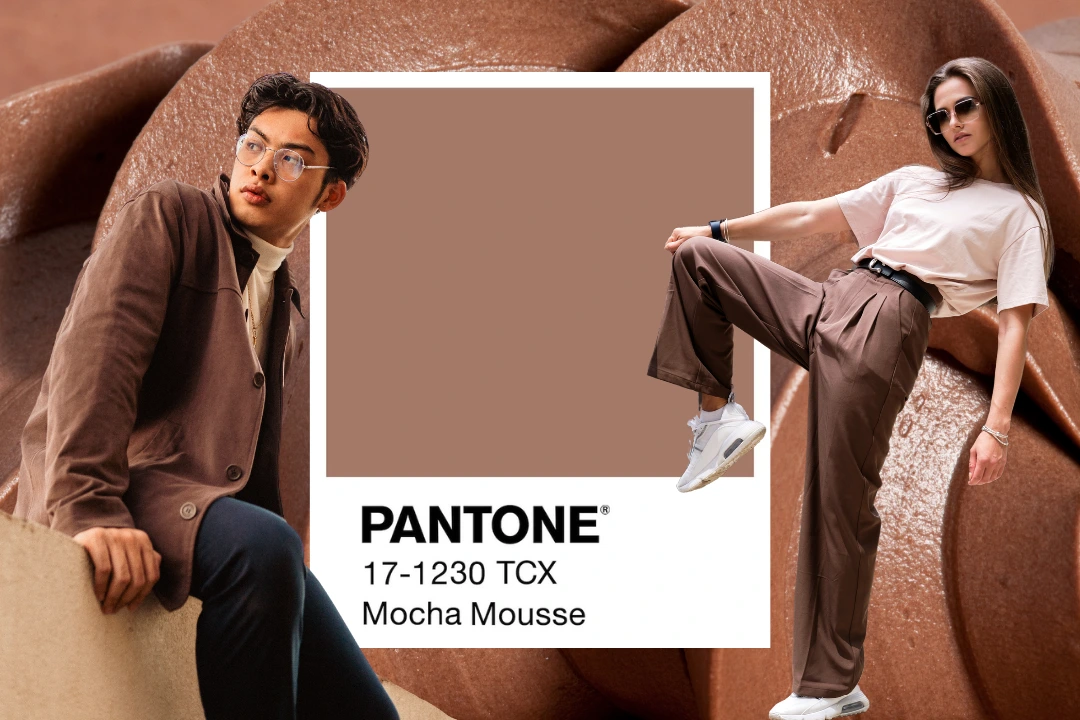The top fashion trends of 2021 are going to look a little bit different than the trends that we’ve seen in previous years. The defining factor this year is a movement toward sustainability and supporting local designers and local retailers, plus growing interest in the way fashion is produced.
For brands, the sustainability trend means that it’s time to redefine priorities and stick to timeless proposals that minimize the impact of fast fashion. For buyers, it means forgoing instant gratification for a more thoughtful, more capsule-driven approach to wardrobes and styling.
As one of the leading design schools in Miami, we’ve had a front-row seat to the ways that the fashion industry has evolved during (and as a direct result of) the previous year. Here are some predictions for how sustainability will affect the industry moving forward—and for the better.
An Eye Toward Sustainable Fashion Trends
The world of fashion is always growing and changing. In 2020, however, these changes were forced to happen faster than ever, with a rapid shift in consumer preferences and behaviors that largely took the focus away from what we wear and put it onto how we shop.
Not all of 2020’s fashion shifts will last (for example, we probably won’t be spending our days in matching two-piece loungewear sets once offices open back up), but some certainly will—and that includes the shift toward more sustainable fashion. Here’s what that will look like in the year to come.
1. Shopping online and locally
Consumers spent 76% more on online shopping in 2020 than they did in 2019. They also spent more locally, with 72% of respondents to a Nextdoor survey noting that this is something they intend to continue doing after the pandemic. This shift isn’t just about convenience—it’s about supporting local communities and the people behind the items we consume—which benefits brands on multiple levels.
2. Brands embracing resale
“This year, we’re likely to see more companies take ownership of the resale of their garments, as well as online luxury retailers embracing pre-owned clothing,” wrote Emily Chan for Vogue UK. And her prediction is likely to hold true. With thrifting on the rise even pre-pandemic, it’s beneficial for brands to take ownership of their own second-hand sales and make it easier for consumers to embrace sustainable practices right at the source.
3. Climate-positive materials
There’s long been a focus on the harmful impact of fashion on the environment, so it’s nice to see a shift to solutions. From the use of sustainable materials like carbon-negative leather and algae to new investments in biodiversity strategies from leaders like Gucci, 2021 and beyond are looking brighter for eco-friendly fashion, which is good news for brands and consumers alike.
What else is on the horizon?
Of course, style is still on the table in 2021. And on that front, trends appear to be going back to basics.
Here’s some of what we’re seeing:
-
-
- The rise of earth tones, with shades like brown, umber, and sage on their way to becoming the new neutrals
- Monochromatic color schemes
- Turtle necks layered under tees
- Chunky rings and layered necklaces
- Trendy sneakers (and potentially the end of high heels)
-
Looking to set trends instead of just predicting them? At our fashion school, Miami fashion enthusiasts are given the tools they need to become industry leaders and insiders, with fashion master programs, undergrad programs, and more that are designed for long-term success. Learn more about our fashion styling school and join the Istituto Marangoni family to be at the forefront of what’s here and what’s to come.



